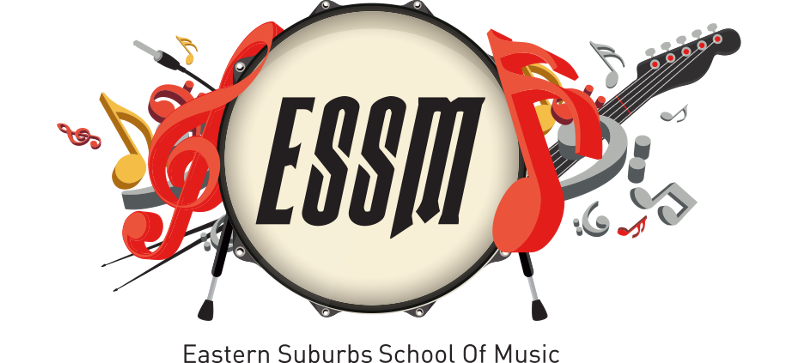How to Read Guitar Tab
Guitar tab is a great way to learn songs for guitarist. It directly tells you a fret and string to play on. Writing music in a tablature style predates the picture based music notation style. It is just as valid as the music notation based system.
I prefer it as notation for guitarists as our instrument presents unique problems. Unlike keyboard instruments, we can play the same pitch on different strings. Keyboard instruments only allow you to play one pitch with one certain key. Tab will not only tell you what note to play but where to play it. Here is how to understand How to read guitar tab.

Numbers – Guitar Tab
The numbers tell you which fret to play. When numbers are stacked on top of each other you need to play all those frets and strings at the same time. Only strike the strings that are labeled.
Lines – Guitar Tab
There are six lines going across the page. These lines represent the six strings on a guitar. String 1 is line one. Therefore the strings are upside down to the way we ok at the instrument. I find it best to read tab from the bottom line up. This is confusing to start out.
Rhythm – Guitar Tab
Text based tab found on Internet sites such as Ultimate Guitar often does not have rhythm notation alongside the text based tab. You will need to use your ear to match the tab numbers with what you are hearing in the song. Other situations will see rhythm notation coming from he tab numbers. Learn how to count the rhythm values represented in songs.
Markings – Guitar Tab
There are several ways to indicate articulations (the style in which the note is played). Common markings seen in tab are:
- arrows indicating string bends. The number displayed next to the arrow indicates the amount of tones (a tone equals a sound two frets apart) the bend must be performed to.
- brackets indicating sustained notes or notes returning to pitch after string bend.
- letters such as H for hammer on and P for pull off.
- slide markers indicating an ascending slide (/) or descending (\).
Using Tab – Guitar Tab
Make the numbers come alive as music. The mistakes students make are just playing numbers instead of matching the melody and rhythm to the fret numbers.
Tab is often criticised as not being a “real” way to read music. I find it is just as valid as traditional notation. There are many ways music can be written. We can write music as notation, tab, chord charts, lead sheets or as a graphic. Any method to help the reader perform a piece I find perfectly appropriate. all systems have advantages and disadvantages.






 0421 705 150
0421 705 150